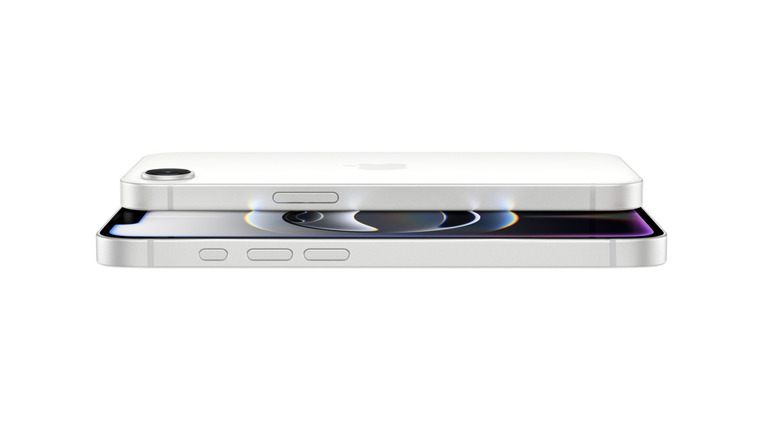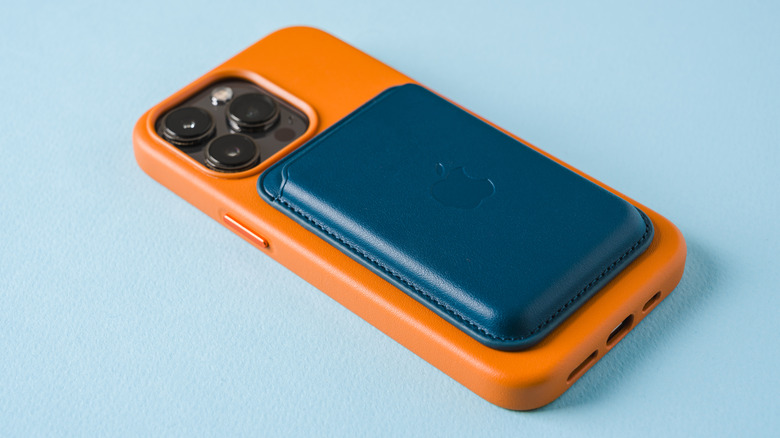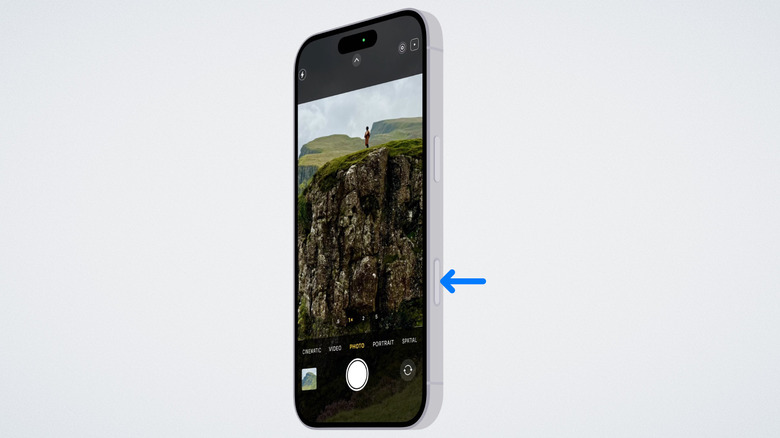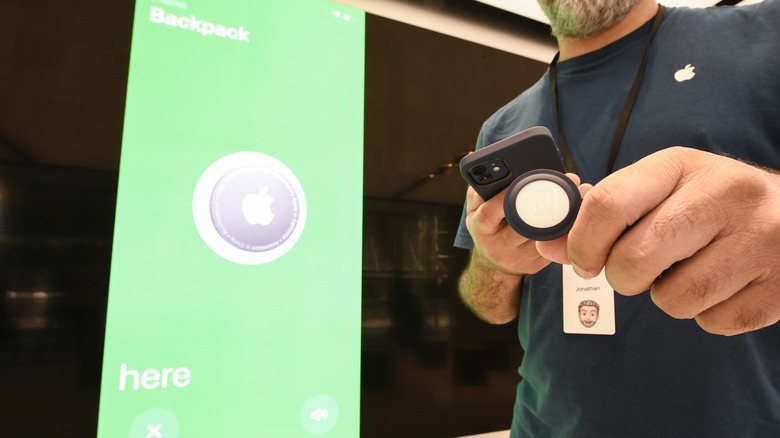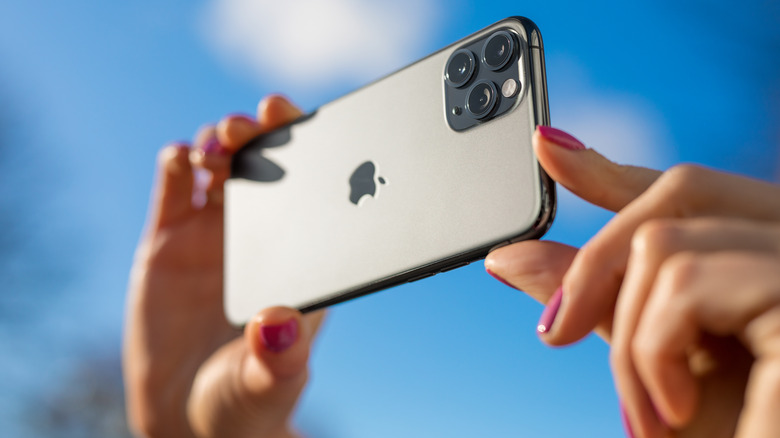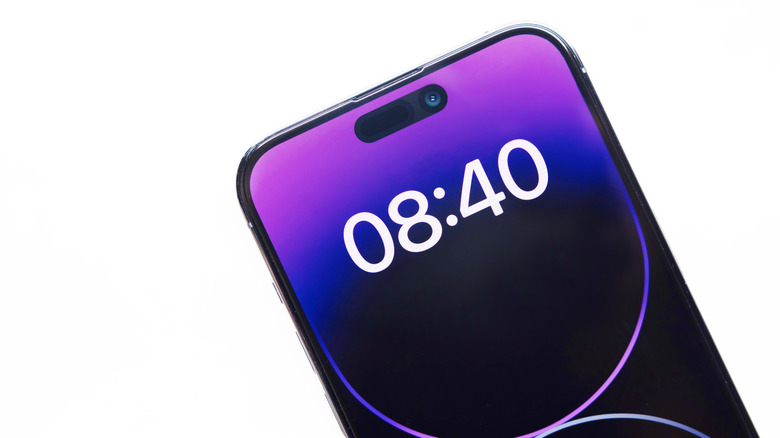5 Features Missing From iPhone 16e VS iPhone 16
Apple has never been known as a budget brand, but it did for many years produce a "budget" phone called the iPhone SE. The SE's third-generation model released in 2022 for $429. The best budget-friendly smartphones we've looked at each had specs that could outclass the regular iPhone. If you wanted an iPhone to get your foot in the door of the Apple ecosystem, the SE was one of the cheapest ways to do it. Just one problem: The SE didn't get any further upgrades, and Apple silently dropped it. The only other smartphone approaching budget prices was the iPhone 13 mini, which last released in 2021 for $699, but Apple also discontinued the iPhone mini. Yet despite lacking everything its premium older brothers had and the sales to justify their existence, the SE and the mini were beloved. Apple wisely brought the SE back — to an extent — in the form of the Apple iPhone 16e for $599. Though technically mid-range, Apple still had to cut corners to get the 16e to its new price point. What is the iPhone 16e missing, specifically?
Some are obvious at first glance; there's only a single camera lens instead of two. Ironically, the 16e does have one small leg up with its new proprietary C1 modem that might make iPhone SE owners trade in. But there's a fairly long list of missing items. Some are niche features you may never use, and others are potentially deal breakers. Let's look at five areas where the iPhone 16e falls short of the regular 16 lineup.
MagSafe
MagSafe (when talking about iPhones) refers to a proprietary circle of magnets under the backplate of your device. MagSafe allows perfect alignment during wireless charging to protect your battery, and opens the door to a range of MagSafe accessories for iPhone users, from cases to wallets and battery packs. It's a small feature, but one of those subtle Apple bonuses that keep people on the iPhone upgrade track year after year. Once you've tasted snapping a wireless charger onto the back of your iPhone in one go, it's hard to go back to anything non-MagSafe. That's bad news if this was a big deal for you, because the iPhone 16 has MagSafe, but the iPhone 16e does not.
Make no mistake, the iPhone 16e does have wireless charging, it just doesn't have the MagSafe kind. Qi charging is supported at up to 7.5W — slow, but better than nothing. Still, there's a way to get most MagSafe functionality, and that's with a MagSafe case. MagSafe cases mimic the internals of an iPhone with that same circle of magnets. MagSafe accessories then adhere to the case rather than the phone, and away you go.
If you go the route of MagSafe-enabled cases, keep in mind you'll be depending on the brand of the case to deliver. A cheap case could have weak magnets that don't hold on to valuable MagSafe accessories, like a wallet with your ID and credit card. You also won't trick your iPhone into getting the iPhone 16's faster 15W wireless charging speed, but the MagSafe case will at least ensure perfect alignment.
Camera Control
The iPhone 16 and 16 Pro first introduced the new Camera Control feature — a pressure-sensitive, touch-controlled button on the right side where you'd expect a camera shutter to open the camera and control it. Swiping back and forth can control zoom, as one example of what it can do. Cool in theory ... but not so cool in reality. Owners of iPhone 16 devices widely disliked it, finding it frustrating to use at best and useless at worst.
As an iPhone 16 Pro owner, I tried it a few times and never touched it again. It's the epitome of a gimmick. Nowadays, I exclusively use it to open the camera when other methods are less convenient. Rumor has it Camera Control causes touchscreen sensitivity issues on the iPhone 16 Pro — issues that still haven't been fixed, at least in my experience. Not a great start for something that was supposed to revolutionize smartphone cameras.
The iPhone 16e does not have Camera Control, and given all we've discussed, that's probably a good thing. The only question that remains is why Apple cut it. Was it to reduce costs so the 16e could stay at $599, or was it a tacit admission that Camera Control wasn't a good feature? After all, Apple made the iPhone 16e Apple Intelligence-ready despite that feature's failure. Anyone's guess is as good as the next. Whatever the case, this missing feature on the iPhone 16e is probably the one people will miss least.
Ultra Wideband, Wi-Fi 6e support, and Thread networking
There's a spate of wireless connectivity features missing from the iPhone 16e. Ironic, considering (again) this is the first phone to get Apple's new C1 chip. The first is Ultra Wideband (UWB), key to how Apple AirTags work with precision tracking. You can't use that cool tracking feature where your iPhone points you to within centimeters of a lost AirTag without UWB, though you'll still be able to use AirTags. Further, the iPhone 16 supports Wi-Fi 7 and 6e, while the iPhone 16e only supports up to Wi-Fi 6. To be perfectly clear, Wi-Fi 6 is blazing fast for most, but an iPhone 16e can't fully use a Wi-Fi 6e or Wi-Fi 7 router — something important to note before buying.
The iPhone 16e doesn't support another feature: Thread networking. Without getting too deep into the technical weeds, Thread is a low-power, low-latency protocol for smart devices in a smart home. It's not essential to running a smart home, but it means you'd need a home hub (like a HomePod or Apple TV) to remotely control all your lights and locks from one place. Lastly, the iPhone 16e misses out on 5G mmWave. The primary benefit of 5G mmWave is its ability to deliver high-speed, reliable data in dense urban locations, such as a crowded mall.
For most people, all of the missing features above are nice-to-haves rather than essentials. However, if you plan to buy AirTags, upgrade your Wi-Fi router, or build a smart home, then these may be reasons to upgrade to the iPhone 16 instead. Or, wait for the iPhone 17 or rumored iPhone 17 Slim.
Several camera features
How many visible cameras an iPhone has is a dead giveaway of which model it is. The iPhone 16e follows that trend with a single camera, and several features were cut to keep it budget-friendly. The first is the lack of an ultra-wide lens; this is the 0.5 zoom camera that creates a warped fish-eye look, or more correctly, barrel distortion. An ultra-wide lens excels when capture anything that struggles to fit into a normal frame, such as a sweeping 180-degree view of the Grand Canyon.
Another is sensor-shift optical image stabilization. iPhones already do a pretty good job on the software side of image stabilization, but optical image stabilization is preferable since it reduces shaky footage without having to crop the video down to compensate. The iPhone 16e has optical image stabilization, just not the advanced sensor-shift variety. There's also no Action Mode, the camera setting for "action" shots where the camera is shaken to an extreme. If you've got a steady hand or aren't a fan of your videos looking like J.J. Abrams shot them, you may be less satisfied with the iPhone 16e.
Two more features are missing on the iPhone 16e. One is Cinematic Mode, which lets you adjust focus after shooting to shift attention between subjects for a more cinematic look; think of a movie where the camera changes focus from one actor to another in the same shot. The other missing feature is "latest-generation" photographic styles, new to the 16 lineup, which apply your preferred photo adjustments to all new photos. Regular iPhone Photographic Styles are still supported.
The newest display
While the iPhone 16E does have a gorgeous Super Retina XDR display with OLED and HDR, it's technically inferior to the iPhone 16. For starters, it uses the now-outdated notch to conceal the selfie and Face ID cameras. Apple introduced the smaller, interactive Dynamic Island in the iPhone 14 Pro, and it's been standard on the iPhone 15 and iPhone 16. This omission is surprising since the notch has been gone for years already. Then again, if you hate the iPhone's Dynamic Island, this is the only modern iPhone that comes without it.
Maximum brightness is reduced, too. The iPhone 16E can only reach 1,200 nits peak in HDR, or 800 nits with typical usage. The iPhone 16 reaches up to 2,000 nits peak brightness when outdoors. That's an almost 67% brighter, though this may not matter if you rarely use your phone in direct sunlight.
Lastly, the iPhone 16e lacks the "latest-generation" Ceramic Shield front on the iPhone 16. What does that mean, in plain English? Hard to say. Apple has always been cagey about what each iteration of Ceramic Shield is capable of, and how it compares to previous versions. Perhaps this means the iPhone 16e has the same durability potential as the iPhone 15 series, which also has the confusingly vague "Ceramic Shield front." We weren't able to find many controlled drop tests comparing it against the iPhone 16, but what we did find suggests the iPhone 16e should be durable enough for most people. It survived multiple 5- to 6-foot drops without screen cracks.
